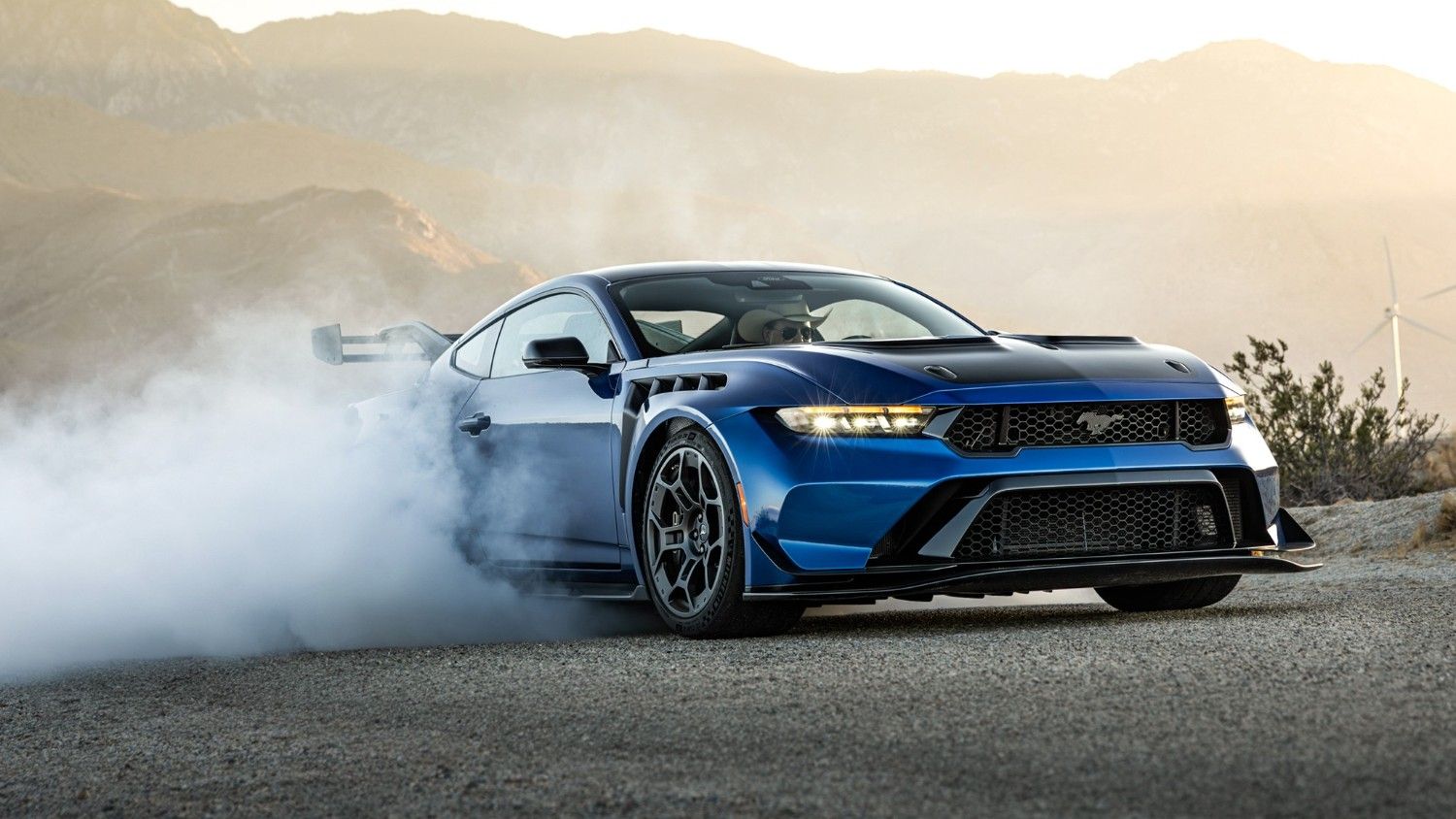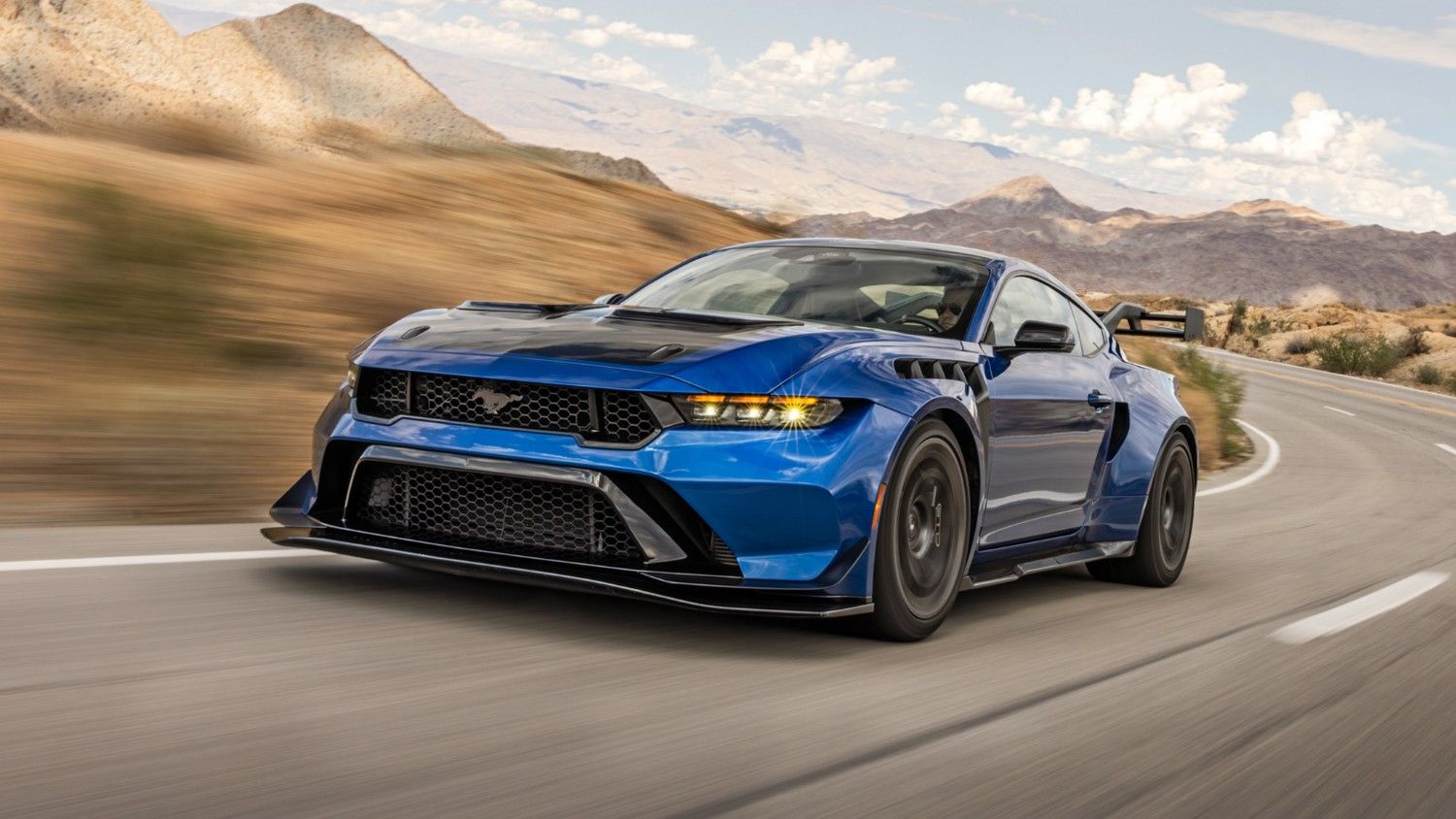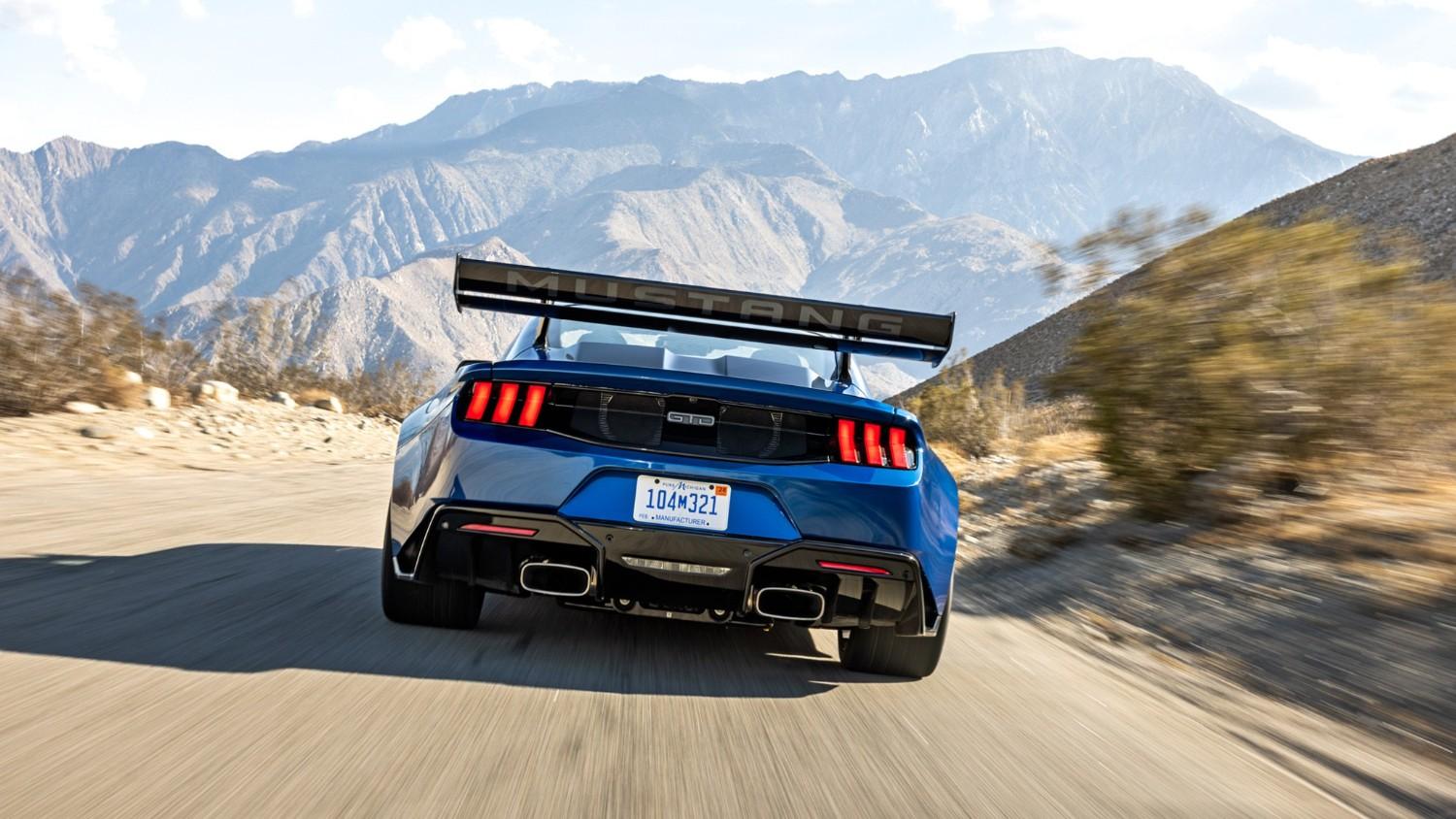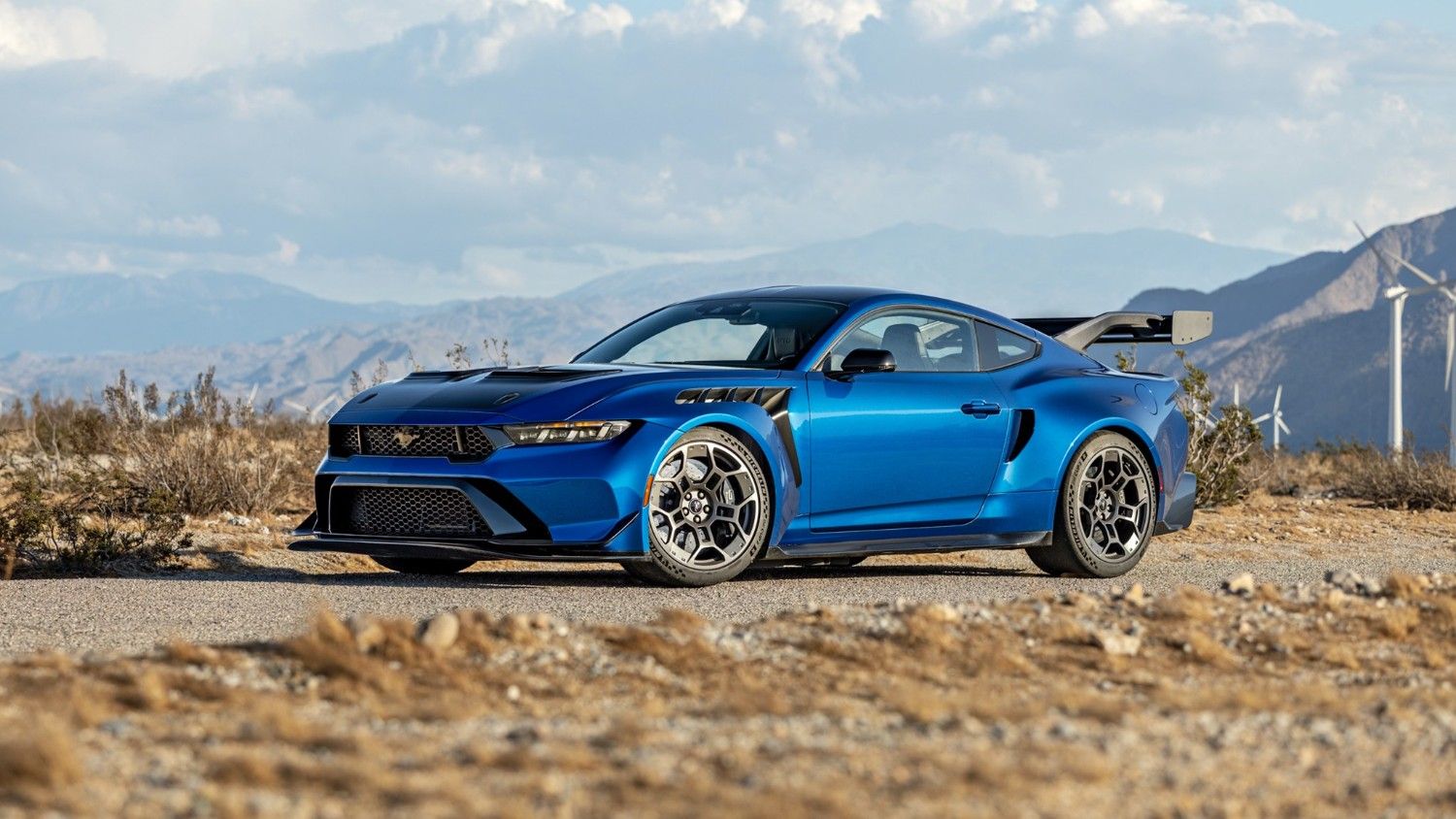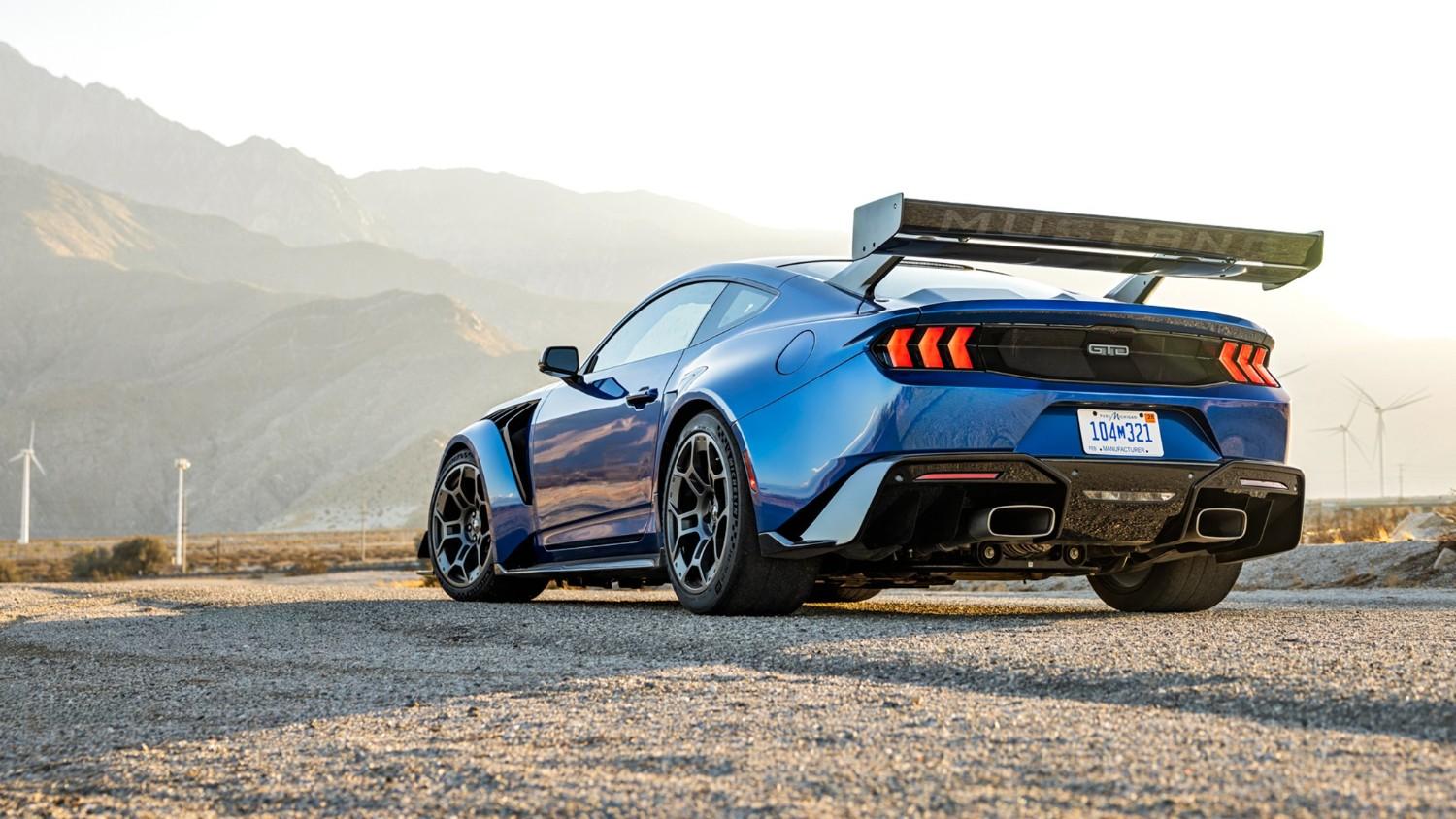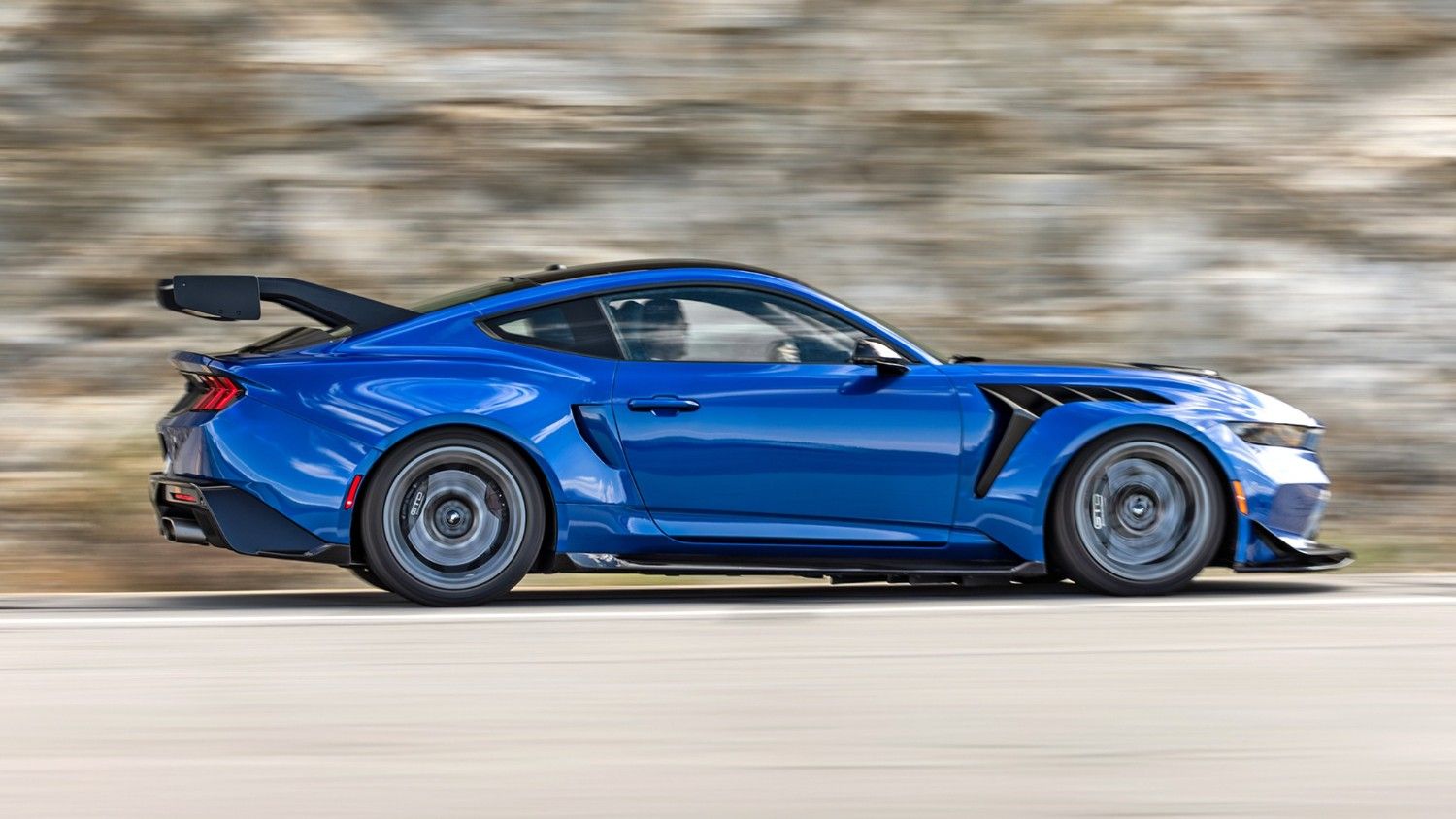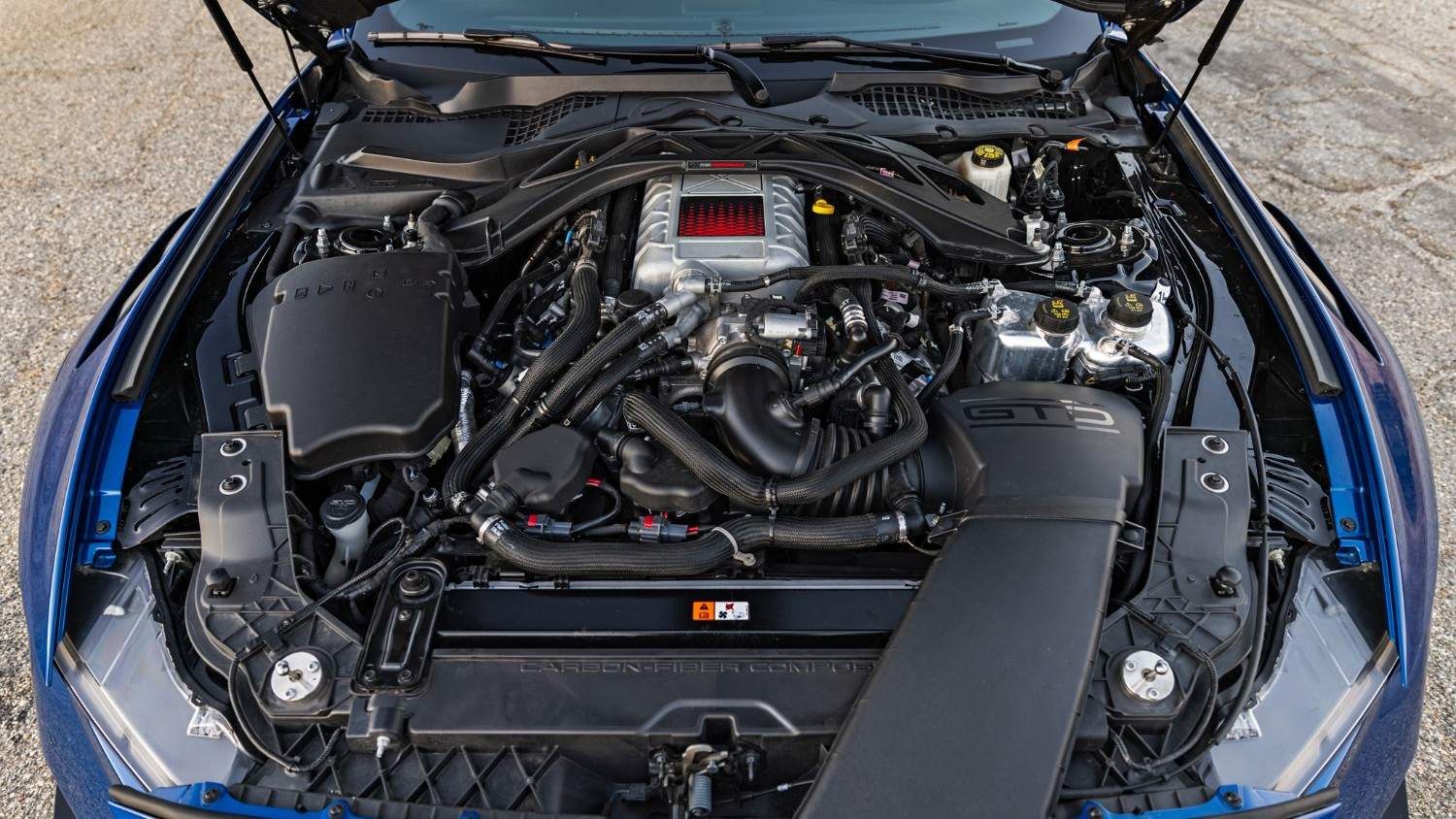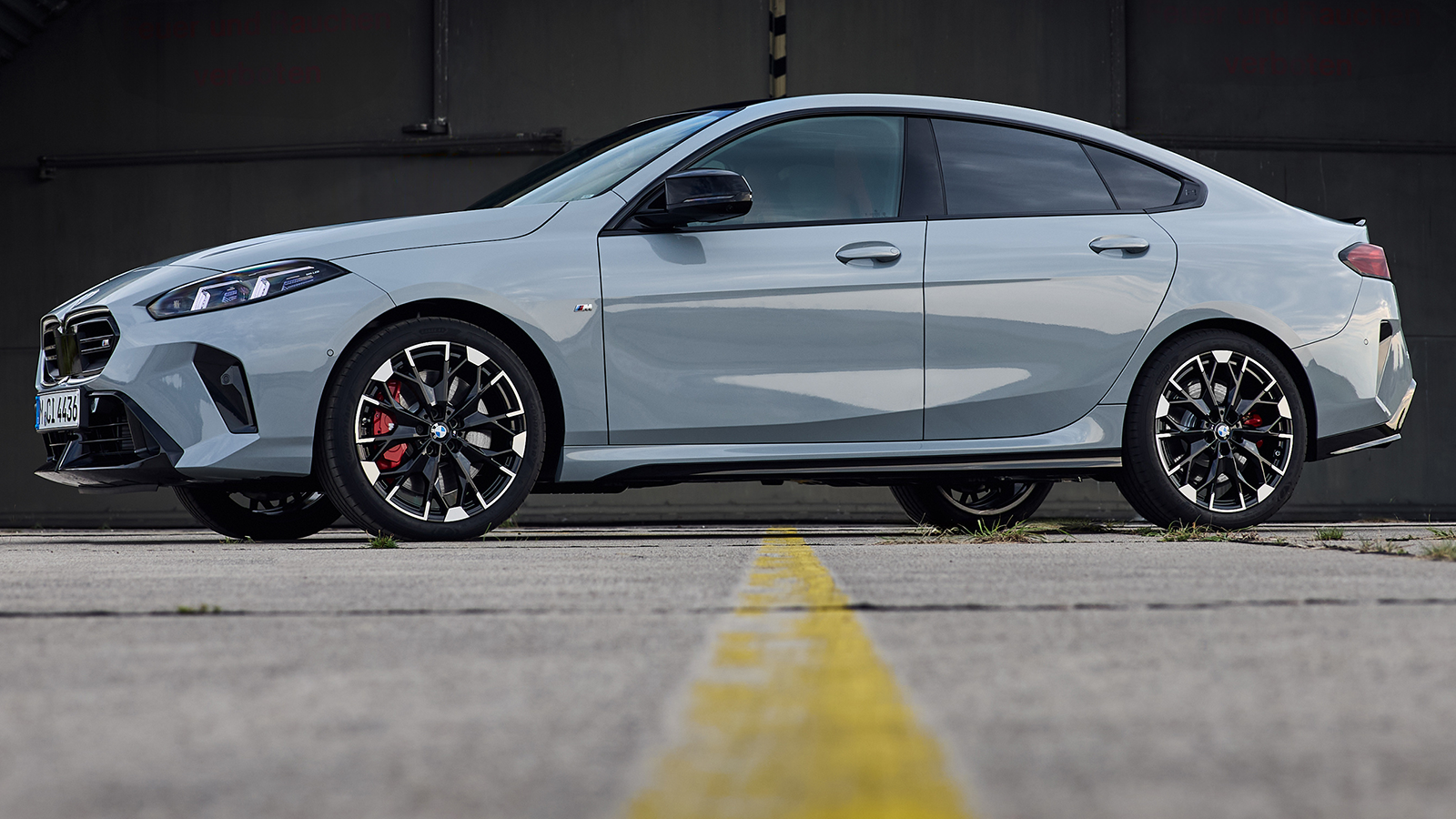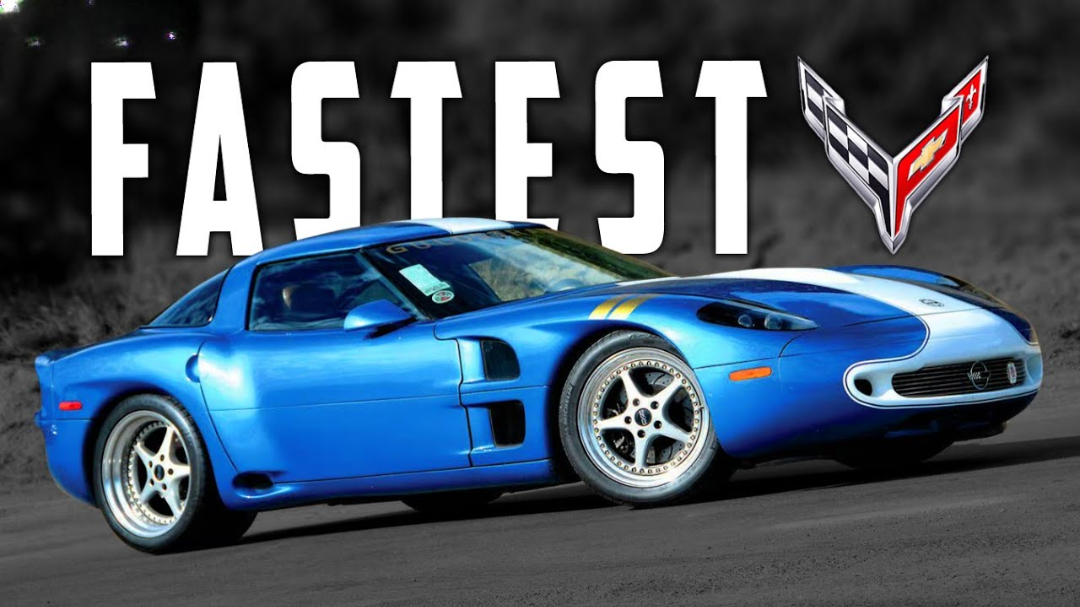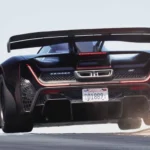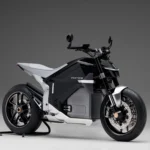The 2025 Ford Mustang GTD: A 815-HP Supercar That Drives Like a Dream – Weight and All
I’ve been behind the wheel of plenty of high-performance cars, but nothing prepared me for the 2025 Ford Mustang GTD. When Ford finally let me loose on the Thermal Club track, that supercharged 5.2-liter V8 roaring to life with 815 horsepower, I felt the kind of rush that sticks with you. Sure, the haters gripe about its 4,386-pound curb weight—pulled from EPA docs and confirmed by Ford—but from the driver’s seat, it doesn’t feel heavy at all. It’s stable, planted, and shockingly easy to push hard, whether on the street or the circuit. As a guy who’s tested everything from Porsches to exotics, this Mustang GTD is a cheat code for fast driving, blending massive grip with forgiveness that lets anyone feel like a pro. Let’s break down why this $325,000 beast is a track monster, from its Nürburgring-beating aero to the interior quirks, and how it stacks up against the 911 GT3 RS.
Weight? What Weight? The GTD’s Surprising Agility
That 4,386-pound figure has been a sticking point—about 400-500 pounds more than a Dark Horse and 1,200 over a Porsche 911 GT3 RS. But hop in, and you’d never guess. The GTD feels solid and confident, not sluggish. The electric power steering gives feedback that’s surprisingly natural, almost like hydraulic, and the ride is composed over bumps. On the street, it’s a grand tourer that eats up highways without drama, and on the track, it’s a revelation. Ford’s Multimatic-tuned integral-link rear suspension with ASV spool valve shocks keeps it flat, while the pushrod front setup soaks up imperfections. The hydraulic system in Track mode compresses the softer springs at each corner, dropping the front 1.6 inches and rear 1.2 inches for better aero. It’s not light like a GT3 RS, but that weight translates to stability, making it easier to drive fast than you’d think.
Grip That Defies Physics: Downforce and Tires Make It Stick
The GTD’s secret sauce is its aero and tires. Claimed downforce is real here—unlike most street cars where it’s useless below track speeds. At Thermal Club, in the never-ending bowl turn, I carried speeds that would push any other car wide, but the GTD held on with 325-width front and 345 rear Michelin Pilot Cup 2 R tires. The active aero kicks in above 35 mph: the rear wing deploys for drag reduction or stays high for downforce, while front flaps adjust for balance. No manual control, but it works seamlessly. In the tight triangle corner, where the GT3 RS struggled with low-speed understeer, the GTD’s broad fronts and aggressive alignment let me trail-brake hard without drama. Even on worn tires, it only snapped into oversteer when I pushed the throttle early with full lock—progressive and controllable, thanks to the custom rubber. Braking is fade-free even in 85-degree heat, with Brembo carbon-ceramics that bite hard but allow modulation. It’s a car that builds confidence lap after lap.
The V8 Heart: 815 HP of Supercharged Fury
At the core is Ford’s latest Predator 5.2-liter supercharged V8, now with dry-sump oiling and a structural aluminum tank. The 2.3-liter supercharger, fed by a “surfboard” intake, redlines 150 rpm higher than the Raptor R version, pumping out 815 HP and 664 lb-ft. The 8-speed dual-clutch transaxle with electronic LSD sits at the rear for 50/50 balance, connected by a carbon-fiber driveshaft. It’s thirsty—16-gallon tank drains in under 200 miles driven nicely—but that’s the price for that brutal soundtrack from the stainless steel exhaust. On the track, it’s a weapon; on the road, it’s thrilling without being punishing. Launch control and line lock for burnouts are there, but the real magic is how it puts power down without drama, thanks to the Variable Traction Control (five settings plus off).
Track Mode and Aero: A Cheat Code for Speed
Track mode is a game-changer—hold the ESC off button to access it, then tweak with cruise buttons. It stiffens shocks and springs, opens aero flaps for downforce, and brings up performance menus for launch control (limited to 15 seconds) and trackers. The optional Track package adds active aero, a longer splitter, dive planes, and hood flicks for extra downforce. Mesh in the hood vents is removable for track days, and magnesium wheels are coming soon. The body is mostly carbon fiber, except metal roof rails for safety and door skins for cost (Liquid Carbon package fixes that for $30 pounds less and exposed weave). It’s a road-legal GT3 racer, beating the 911 GT3 RS at Nürburgring with a 6:52 lap.
The Interior Letdown: $40K Trim in a $325K Car
Here’s the rub: the interior feels cheap for the price. It’s the standard Mustang dash with carbon trim, a creaky Recaro seat, and a sueded steering wheel with red buttons. The dial shifter lacks stops, and the 12 o’clock stripe is already worn at 6,000 miles. Glass is shared, so rear visibility sucks until the wing opens. Ford says every dollar went to performance, but at $325,000 base (plus options pushing $400K), it’s underwhelming. Applications are four times the build slots for 2025-2026, so it’s sold out anyway.
My Verdict: A Track Star That’s Easy to Love
The GTD is stunningly easy to drive fast—forgiving, stable, and confident, with grip and downforce that rival the GT3 RS without the punishment. The weight doesn’t hinder; it adds solidity. The V8’s a symphony, and Track mode makes it a cheat code. The interior’s the only flaw, but for track addicts, it’s forgivable. At $325,000, it’s a bargain for what it delivers. If you’re lucky enough to snag one, it’s a supercar with Mustang soul. What’s your take—GTD a winner or interior killer? Share below.
Source-motortrend.com
